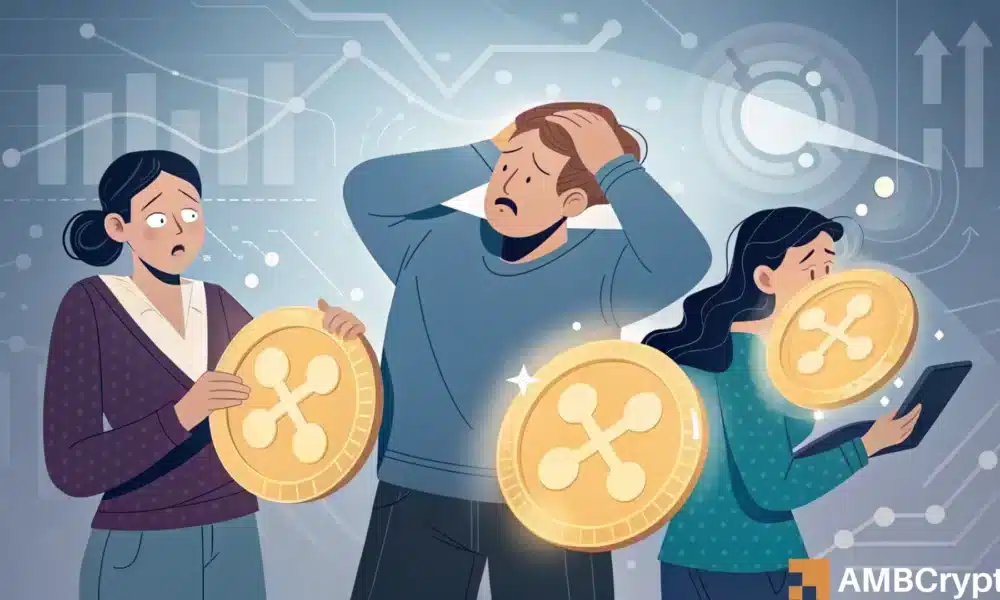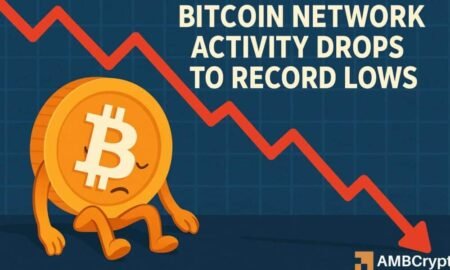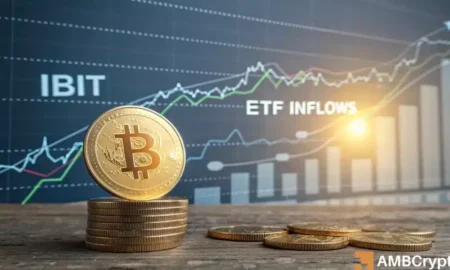Ripple’s XRP has experienced significant gains recently, with a surge in retail enthusiasm driving billions into the cryptocurrency and nearly doubling its realized cap. However, concerns are mounting as short-term holders now make up 62% of XRP’s realized cap. This dominance of short-term investors has raised the risks of volatility and potential sell-offs if sentiment continues to fade.
The surge in XRP’s realized cap in February was driven by new retail inflows, leading to a significant increase in the percentage of tokens held for less than six months. This influx of short-term holders has shifted the foundation of XRP towards newer, higher-cost investors, making the cryptocurrency more vulnerable to sharp corrections and profit-driven selloffs.
The rise of retail investors during February’s rally has led to short-term holders now accounting for 62.8% of XRP’s realized cap. These new investors are more reactive to market swings and prone to selling at the first sign of volatility, which could lead to cascading sell-offs if confidence continues to erode.
XRP’s profit/loss ratio has also plunged, reflecting a loss of confidence among investors. The ratio has dropped to a 90-day average of 46.1, indicating net realized losses. With short-term holders dominating the market, fear-driven sell-offs are becoming more likely, especially with newer investors underwater.
The concentration of XRP in the hands of short-term holders makes the cryptocurrency vulnerable to rapid price drops. Even modest declines could trigger panic-driven sell-offs, especially considering the lack of strong support from long-term holders. Any regulatory setbacks, negative market sentiment, or broader crypto pullbacks could act as catalysts for steep and swift price corrections.
In conclusion, Ripple’s XRP faces increasing risks of volatility and sell-offs as short-term holders dominate the market. The surge in retail enthusiasm has led to a significant increase in short-term investors, making the cryptocurrency more susceptible to sharp corrections and profit-driven selloffs. Investors should be prepared for potential price declines and monitor market sentiment closely to navigate these uncertain times in the cryptocurrency market.

















